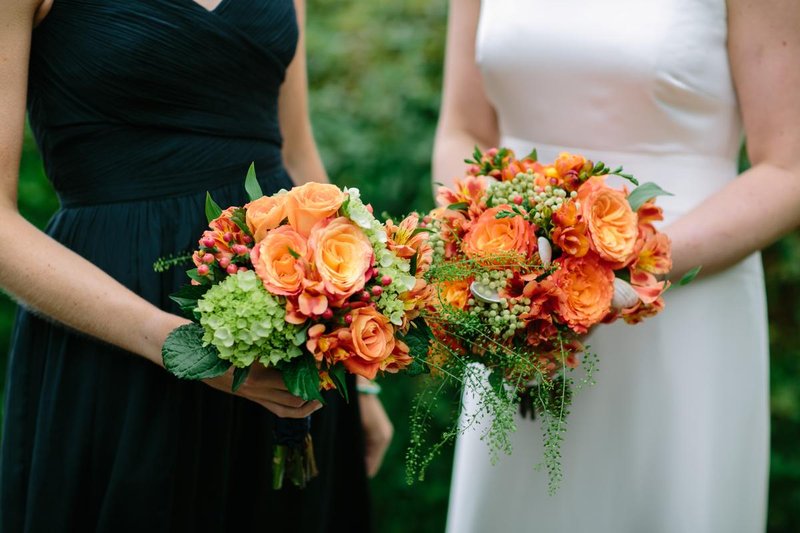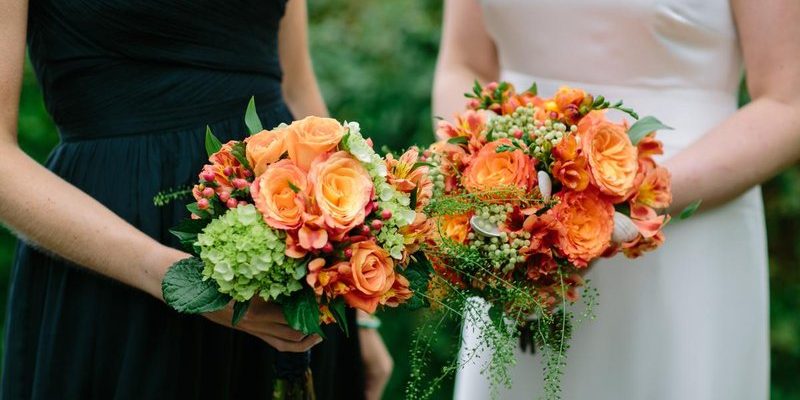
So, what makes the courtship and mating rituals of Rhode Island Reds stand out from other breeds? Well, it’s all about understanding their behavior and what drives their decisions in love. These chickens are known for their friendly and social personalities, not just among humans but also with their fellow fowl. Let’s explore the delightful world of Rhode Island Red romance, digging into the depths of their courtship and mating practices, and uncover some fun insights along the way.
Understanding the Basics of Rhode Island Red Chickens
Before diving into their courtship and mating rituals, it’s helpful to understand what Rhode Island Reds are all about. Originating in the U.S. in the late 1800s, these chickens are known for their hardiness and adaptability. They come with beautiful, deep red feathers and are quite popular among backyard poultry enthusiasts. Their friendly nature and good egg-laying abilities make them a favorite for many chicken keepers.
Rhode Island Reds are known for being social animals, which significantly influences their interactions, especially during mating. They thrive in flocks and often exhibit a strong hierarchy, meaning there’s a pecking order to their social structure. Understanding this hierarchy is key to seeing how they court and mate. It’s like a high school dance, where everyone is trying to figure out who’s with whom.
The Role of Behavior in Courtship
Courtship behavior in Rhode Island Reds can be quite fascinating. Males, known as roosters, are usually the ones who initiate the courtship dance. They often display a range of behaviors to attract a female. You’ll notice them puffing out their chests, strutting around with confidence, and even performing a few special vocalizations.
The purpose of these displays isn’t just to impress the hens, but also to establish their dominance within the flock. A rooster’s ability to assert itself can often influence which hen he courts. In a way, it’s like a job interview—showing off skills and confidence can secure him a partner. This competitive aspect adds a layer of excitement to their courtship, as not all roosters will succeed in catching the attention of a hen.
How Rhode Island Reds Communicate During Courtship
Communication plays a big role in the courtship rituals of Rhode Island Reds. While humans often rely on verbal and non-verbal cues, chickens have their own unique ways of expressing themselves. Roosters will often use a combination of sounds and body language to convey their intentions.
For instance, a soft clucking or purring sound can signal to a hen that the rooster is interested. Think of it as a gentle whisper in a crowded room. On the other hand, aggressive sounds can indicate competition or readiness to fight other roosters for mating rights. The way a rooster positions himself—standing tall, spreading his wings slightly, or even tilting his head—can also signal his interest and intent. It’s truly like a dance of communication that’s both intricate and intuitive.
Mating Process: What Happens When They Pair?
Once a rooster successfully catches the attention of a hen, the mating process begins. It might not be as elaborate as you’d think, but it’s essential to understand. Roosters typically will court a hen for a period, and once he feels she’s receptive, he will approach her.
The actual mating happens quite quickly. A rooster will mount the hen from behind, and this is called a “clutch.” If the hen is interested, she will usually allow the rooster to mate. It’s important to note that successful mating does contribute to the breeding of viable eggs, which is the ultimate goal of these rituals. Afterward, hens can lay fertilized eggs, which can lead to baby chicks—an exciting outcome for poultry enthusiasts!
Factors Influencing Courtship and Mating
Courtship and mating in Rhode Island Reds are influenced by several factors. For starters, age and health play a significant role. Younger, healthier birds tend to be more active in courtship rituals, whereas older or less healthy birds may not engage as much. Environmental conditions also matter; stress from overcrowding or unfavorable weather can hinder the natural mating behaviors of these chickens.
Additionally, the presence of other roosters can create competition, which might lead to more intense courtship displays. In a larger flock, you might notice that the most dominant rooster gets more opportunities to mate, while subordinate roosters may have to wait their turn. This dynamic can be a bit of a drama show, reflecting both nature’s instinct to reproduce and the social structures chickens create within their communities.
The Importance of Hen Choice
Hens also have a say in the courtship process, and their choice can significantly affect the dynamics of mating. A hen will usually evaluate potential mates based on their display of fitness and health. If a rooster is active, bright-eyed, and assertive, he’s more likely to win her favor.
This choice isn’t just about immediate attraction, either. Hens might consider the rooster’s ability to protect her and their future offspring. So, she’s not just looking for charm; she’s considering who would be a good partner in raising their chicks. This selective mating helps ensure that the next generation is robust and healthy.
The courtship and mating rituals of Rhode Island Reds are a wonderful blend of instinct, behavior, and social dynamics. Watching these chickens strut their stuff can be both entertaining and enlightening. From the roosters’ elaborate displays to the hens’ thoughtful selections, it’s a dance of love that reflects their personalities, health, and social hierarchy.
Understanding these rituals not only enhances our appreciation for Rhode Island Reds but also helps us care for them better as backyard poultry enthusiasts. So, the next time you watch your chickens, look out for the charming courtship behaviors, and you might just see the magic of nature at work!

